Having a toilet that doesn't flush properly can be quite frustrating, at any time of the day or night; however don't let it ruin your mood! Understanding the reason behind your toilets flushing issue is crucial. Here's an informative guide, from HOROW, a known toilet brand. That will walk you through fixing a malfunctioning toilet system on your own terms or knowing when to seek professional help.
Common Causes of a Not Flushing Toilet: Clogs & Valve Issues
Having toilet flushing problems can really be annoying. It often comes from simple to complex issues. Knowing why toilet water is not going down helps fix troubleshooting toilet flush issues well. Let’s figure out what's wrong.

Clogs
Sometimes, you may find that the dirt and water in the toilet bowl can’t be discharged or discharged in a slow way, after you flush your toilet. Or you may face another issue that the water flow slowly, even if nothing need to be flush away in the bowl. Want to make some change? Here is the specific solution for you.
|
Problems |
Solutions |
|
If your toilet can be normally used and suddenly blocked and failed to drain properly for a few times, you need to clear the drain. |
1. Use a toilet rubber plunger |
| 2. Use a plumbing snake | |
|
3. Use a cleaning agent |
|
|
If your toilet is blocked for many times after your installation, you need to check the installation of the toilet.
|
1. Remove the fixed bolt of the toilet |
|
2. Remove the toilet |
|
|
3. Check if there is any deviation of your toilet wax ring that has blocked the toilet pipe. If the wax ring is not correctly positioned, you can move it and examine again. |
|
|
4. Check if the toilet pipe at the bottom is aligned with the drainage center on the ground. If the fixed bolt of your toilet is installed at the median line of the drainage center on the ground, that’s great. You can also move the fixed bolts and make sure that the toilet pipe is aligned with the drainage center. (calling someone to help, things may become easier.) |
Valve Issues
The toilet valve is an important component of the toilet flushing system. The following content introduces you two indispensable valves in your toilet, and provides some solutions when the valves are not working well.
A. Fill valve
The fill valve is connected to the household water supply pipe for filling water into the toilet tank. When the water in the tank reaches to an expected level, the float will flow up and the fill valve will be closed. Then the filling process is ended. Are you clear about the basic machanism of the fill valve now? Let’s explore how to fix a fill valve to fix your not-flushing toilet.
|
Problems |
Solutions |
|
The water flushing from the toilet tank is limited and unable to clean the toilet. |
1. Close the water valve and open the water tank cover. |
|
2. Observe the water level in the tank. The normal water level height is 1-2 inches lower than the overflow outlet of the flush valve. You can also refer to the water marks left before in the inner surface of the tank. |
|
|
3. Adjust the height of your fill valve buoy and try to change the water level height in your water tank. If you find that the adjustment will not do anything, you need to replace your fill valve. |
|
|
The toilet will fill a certain amount of water to help the next flush. If the water level in your ceramic bowl is low, you may not be able to flush your toilet. |
1. Close the water valve and open the water tank cover. |
|
2. Check a small pipe extending from the fill valve. This pipe is called fill tube. It is installed on the overflow outlet of the flush valve. It is responsible for filling water into the toilet bowl, when water is refilled into the toilet tank. |
|
|
3. If you find that the fill tube is not properly installed on the overflow outlet, install it properly. |
|
|
4. If there is a small amount of water flow from the fill tube, or even there is no water flow out, observe whether the fill tube hinders the water flow because of the bending. |
|
|
5. If the fill tube is not abnormal, you need to replace your fill valve. |
B. Flush valve
The second main component of the flushing system is the flush valve. By controlling the opening and closing of the valve baffle, the water flows from the tank to the ceramic bowl. Your toilet may contain the float flush valve, which is conected with the flushing handle. How the flush valve problem cause a not-flushing toilet?
|
Problem |
Solution |
|
You may find sometimes that there is limited water flow from the tank when you flush your toilet. Then you check the water level in the tank and find no problems. It may be caused by the flush valve which can’t be open completely. |
1. Close the water valve and open the tank cover. |
|
2. Check whether your flush valve can be open and closed smoothly. |
|
|
3. Check whether there are open barrier. Clean the whole valve and water outlet. If your toilet contains a float, you also need to check your flush handle and chain, and make sure that they don’t hinder the float opening. |
|
|
4. After the check is completed, open the water valve to verify the flushing effect. If the water flow still cannot be improved, please try to replace your flush valve. |
When to Call a Professional Plumber
Repairing a not flushing toilet, on your own can feel satisfying at times; however; there are instances when it is necessary to contact a plumbing service for toilets. If your toilet fails to flush despite your efforts to fix it it might be best to seek assistance, from an expert. Lets discuss the situations in which seeking help's advisable.

Persistent Clogging and Flushing Issues & Complex Repairs
Having blockages, in your plumbing could indicate issues with the systems functioning. If multiple drains are clogged simultaneously, or if you find you toilet has persistent clogging or flushing issues, it is advisable to seek the expertise of a plumber who possesses the necessary tools and skills to address the situation effectively. When you face complex repairs, call a plumber to make sure that you don’t make things worse.
Signs of Bigger Plumbing Problems
Leaking water near your toilet or damaged bathroom floors should be taken seriously as they can cause harm to your home and pose health risks like mold growths to develop. Additionally if you notice smells or hear noises these might indicate sewer gas leaks or blockages, in the vents. It is advisable to seek assistance, from plumbers to address these problems effectively.
Preventative Maintenance Tips
Maintaining the condition of your toilet helps avoid issues, with flushing and reduces the risk of malfunctions ultimately extending the lifespan and efficiency of your toilet.
Regular Cleaning to Avoid Mineral Buildup
Mineral buildup can badly affect toilet parts. Regularly cleaning stops these minerals from blocking water jets and reducing flush strength. It’s wise to clean monthly to prevent problems.
Avoiding Non-Flushable Items in the Toilet
Flushing non biodegradable items can lead to blockages, in the plumbing system, such as wipes and thick toilet paper rolls. You also need to tell your household, especially young-age children, about what not to flush can prevent these issues from occurring. Here are some non-flushable items you may acidentally flush into the toilet pipe.
Non-dissolved items
Sanitary towels:
Sanitary towels contain large amounts of fibrous material that barely break down in water. Once they are flushing into the pipe, they will creat large blocks that cause pipe clogs.
Wipes:
Even some wipes are labeled “flushable”, they are usually thick and not easy to break down. If you toss too much wipes into your toilet, they will gradually accumulate in the pipe, and creat clogs. For example, wet baby wipes, makeup removal wipes, etc., can lead to serious pipe problems in actual use.
Cotton swabs and cotton balls:
Cotton swabs and balls also contain lots of fibrous material, that does not break down quickly in water. They easily wrap around the inner surface of the pipe. The wooden part of the swab is especially easy to get stuck, in the bend of the pipe, causing slow water flow.
Diapers:
Diapers are designed to absorb large amounts of water, and once they enter the toilet bowl, they expand rapidly, and grow several times larger. Both infant and adult diapers are common causes of blockage, especially in cases of thinner pipes, or weak water flow.
Drugs:
Certain drugs, such as tablets and capsules, are not dissolve in water and may accumulate in the pipeline, creating a blockage. In addition, drugs that flush into the toilet can have a negative impact on sewage disposal systems.
Hair:
Hair does not break down in water and can easily mixed with other substances, creating blockages that are difficult to remove. You may find that bathroom floor leaks and toilets often fail to flush or drain properly, because of hair clogging.
Hard items
Plastic toys:
Small plastic toys in different shapes are easy to get stuck, in the corners of the pipe. They can cause a complete disruption of the water flow or even damage to the pipe. For example, if children's plastic ducklings, car models, are accidentally washed into the toilet, they may get stuck in a narrow part of the pipe, causing the toilet not flushing.

Coins:
Metal coins are regularly shaped and non-flushable. They may scratch the inner surface of the pipe, causing more problems. Some people may accidentally drop coins into a toilet, which requires professional processing.
Cleaner bottles:
Cleaner bottles are usually made of plastic and are insoluble. Plastic caps and plastic bottles may slip into the S-shaped bend, leaving the toilet unable to flush properly. This may happen when some people accidentally flush an empty bottle into the toilet, after using a detergent.
Large items
Food residue:
Large pieces of food residue, especially those that are not easy to decompose, such as bones, nuts, are easy to form obstacles in the pipeline.
Large pieces of paper:
Large pieces of paper, such as newspapers, magazines, etc., are easy to clog the toilet, resulting in slow water flow.
Checking Water Levels and Tank Parts Periodically
Checking the tank's water level, and parts is key. This helps you not deal with flushing issues too often. A low water level or a broken fill valve, can mess with your toilet's flush. Remember to check these parts, to prevent problems.
HOROW Toilets with Potent Flush System: Unmatched Strength, Unbeatable Performance
Dealing with toilet problems can be a hassle. But with HOROW toilets' powerful flush system, ease comes your way.
HOROW T16
HOROW T16 conserves water with a dual flush system—perform a small flush (1gpf) by foot induction or a full flush (1.27gpf) by pressing the knob. It also has blackout flush which means emergency flush for power outages.
With HOROW T16, you can experience convenient function control. Its side knob allows easy access to essential functions, providing intuitive and precise adjustments for a more user-friendly experience.
Its pre-wet function with automatic water spray, ensures thorough flushing every time you use the toilet. By forming a film on the bowl’s inner surface, waste can be removed effectively for keeping the sanitation of your bathroom.
The heating seat warms up when you sit upon the toilet. You can adjust the seat heating with four temperature levels. Find your comfortable temperature and enjoy your time in the bathroom!

HOROW T20YA
HOROW T20YA is a smart toilet, which performs intelligent dual flush system. It offers you a full flush (1.27gpf) when you step away and a small flush (1gpf) if you touch the sensing area with your foot. You can also control flush options conveniently with the remote control or knob.
More importantly, its air-in water technology, adjustable water temperature, pressure, and nozzle position are amazing for a personalized bidet experience.
The lid of this toilet can be automatically opened, because it can sense your approaching and leaving every moment you come into the bathroom. This feature makes the toilet more hygienic and reduces the risks of spreading germs and diseases. It is intelligent and smart since you can use the remote control to choose the function you need.

HOROW T10
HOROW T10 is a standard toilet, containing 3-way flushing (1.01/1.27 GPF) with auto, foot sensor, and manual controls.
Its elongated bowl design, four adjustable settings for heated seat temperature are great for personalized comfort. You will never suffer cold shock when sitting on the toilet seat, even in cold days! For children or the elderly who have sensitive skin, this toilet is a good choice to avoid any discomfortable feelings, as they enter the bathroom.
In addition, its clean lines and skirted trapway are designed for your effortless cleaning. In this way, it reduces the risks of having a non-flushing toilet. Its blackout flush feature ensures well operation during power outages. With this toilet, you may find that flushing away the waste can be an easy and effortless thing.
In addition, its whisper-quiet soft-close seat eliminates disruptive slamming. This feature is tailored for people who hate noise in the bathroom.

HOROW T38P
HOROW T38P, with MAP 1000g, is a smart toilet that you'll absolutely adore! This innovative product eliminates the hassle of clogs and constant cleaning, with its notch flushing capability, that gets everything done, in a flush effortlessly. Its cleaning system prioritizes hygiene and helps conserve water effectively, giving you an environmentally friendly and comfortable experience each time you use it.
Crafted with ADA comfortable seat, this toilet gives you extreme comfort. Designed for accessibility, it ensures that specific groups, such as the pregant women, the elderly, the disabilities, people with waist diseases, can enjoy their bathroom experience. These people can get on and off the toilet seat without any struggle or effort.
Apart from its function, it has beautiful appearance that you will love at the first glance. It contains four colors of ambient lighting, including spring verdant green, summer sky blue, autumn sunset orange and winter snow white. You will no longer worry about the darkness in the bathroom, even if there are children or the elderly in your family.


FAQ
1. Why is my toilet not flushing?
A toilet might not flush for several reasons. This can include a clog, not enough water in the tank, or a faulty flapper. Problems could also come from the handle, lift chain, blocked rim holes, or the fill valve.
2. How can I fix the water level in my toilet tank if it’s too low?
Adjust the float in the tank so the water level is about an inch below the overflow tube's top. Make sure the water supply valve is fully open for proper filling.
3. How do rim holes affect my toilet’s flushing ability?
Rim holes let water flow into the bowl for flushing. If clogged with minerals, flushing can weaken or not clear the bowl fully.
4. What is a fill valve and how do I know if mine is malfunctioning?
A fill valve refills the tank post-flush. A bad valve may make weird noises, let water run always, or stop the tank from refilling. You might need to fix or change it.
5. What preventive maintenance can I do to avoid toilet flushing issues?
Clean your toilet regularly to prevent mineral build-up. Don’t flush things that shouldn't be flushed. Check water levels and tank parts often, and try saving water when you flush.

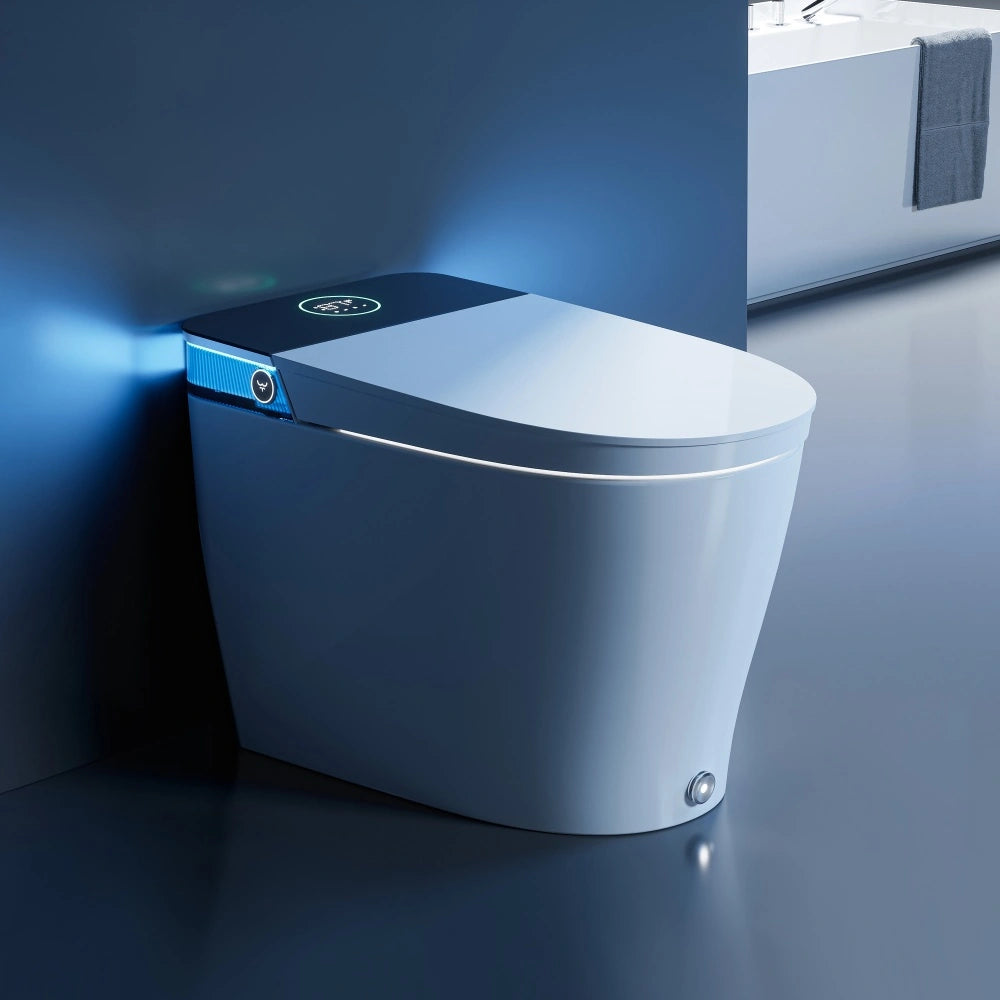
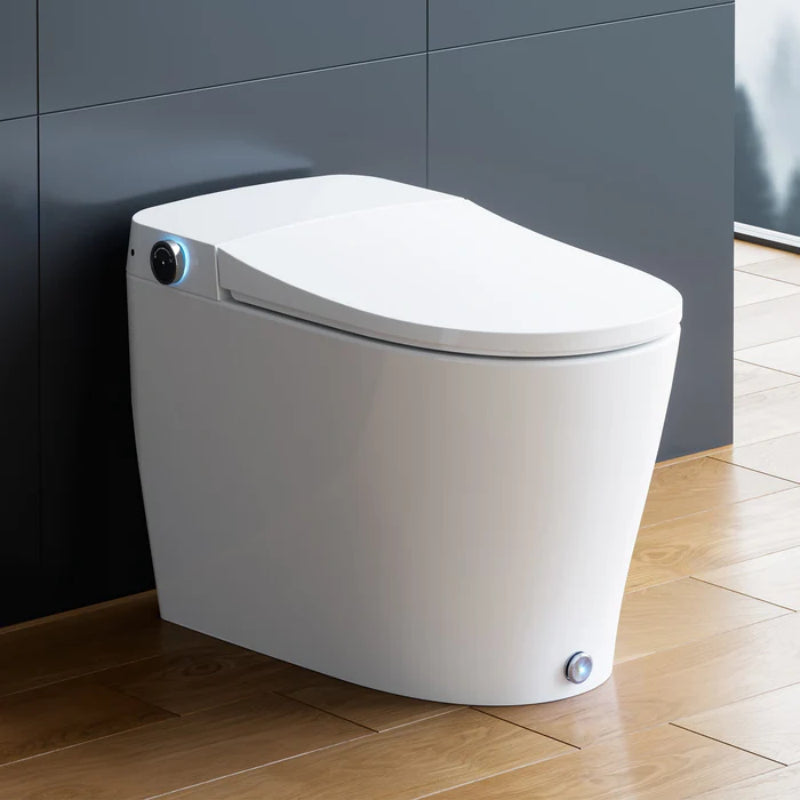
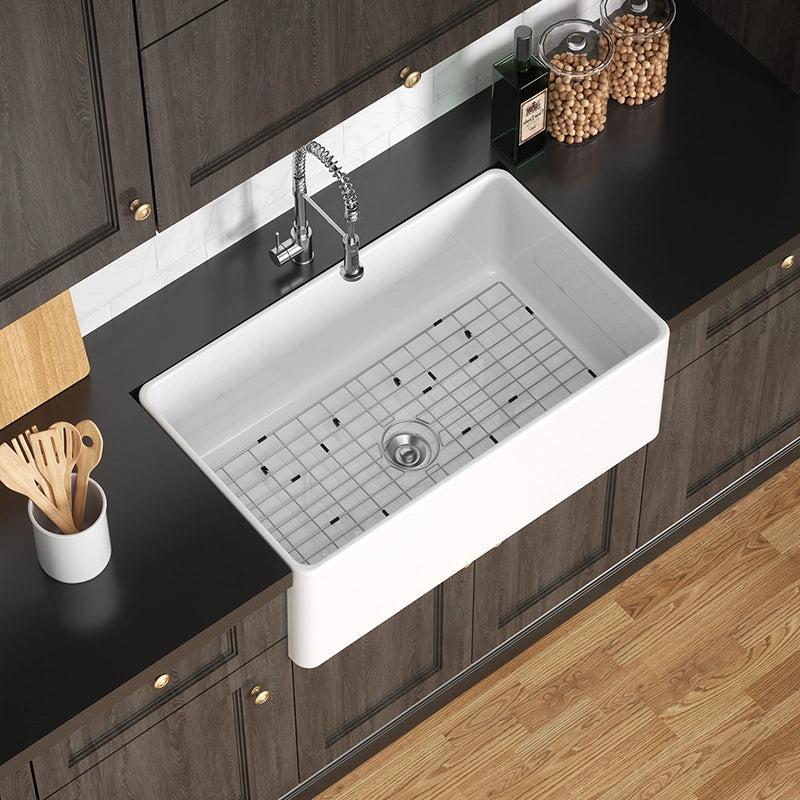

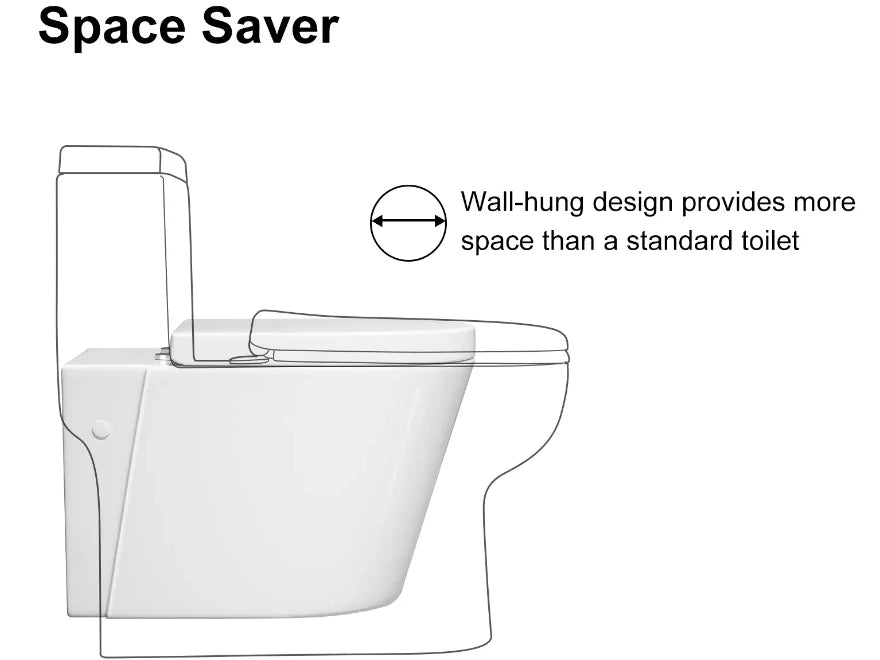
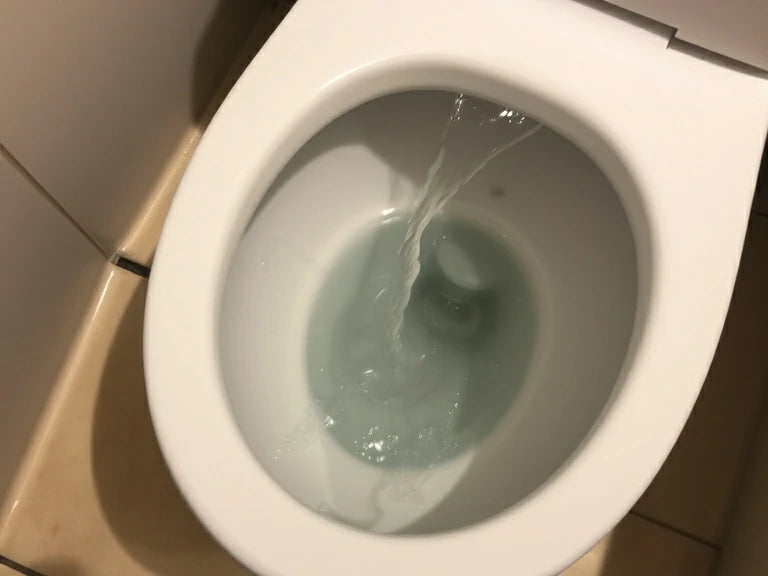

Leave a comment
This site is protected by hCaptcha and the hCaptcha Privacy Policy and Terms of Service apply.